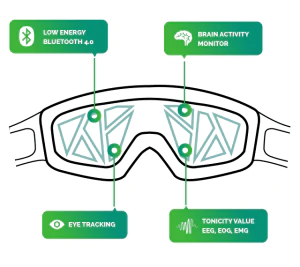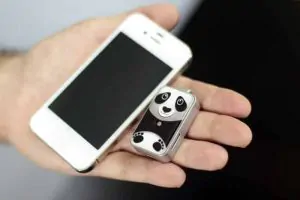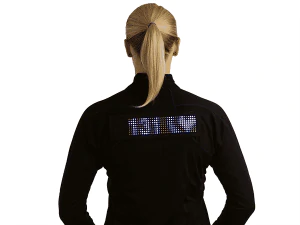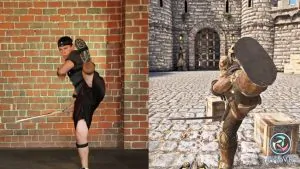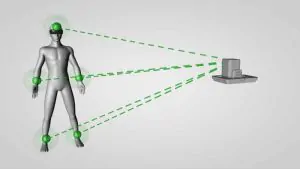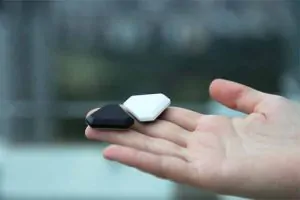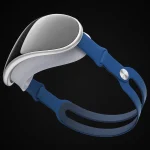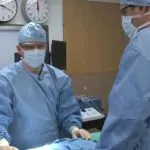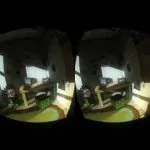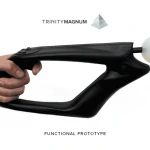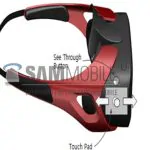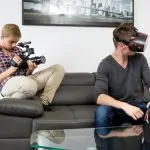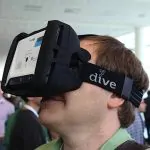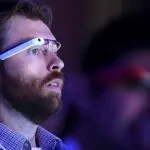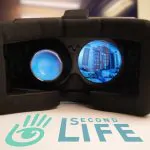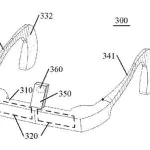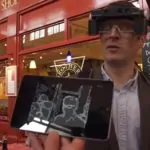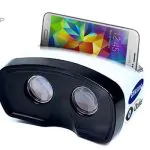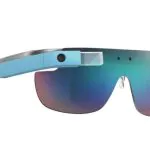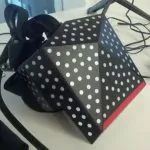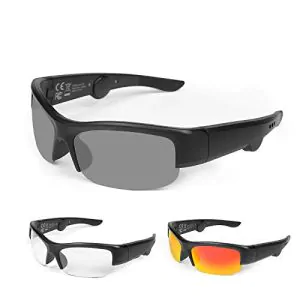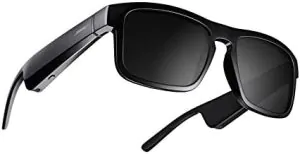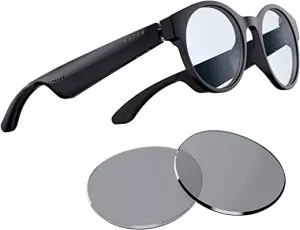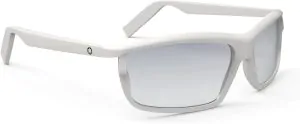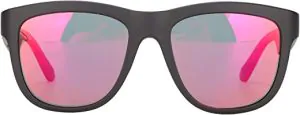One of the most common complaints about sleep, other than medical sleep issues, is that there just never seems to be enough hours in the day. For some people, spending at least eight hours per day asleep seems like a big waste of time. These same people often think about all of the different things that they could be doing instead of sleeping. The fact remains, however, that the human body requires a certain amount of sleep to function properly.

Without the right amount of sleep, the body, and brain, can begin having problems. Some of these problems can be considered minor, like exhaustion and aches. There are other problems, like mental degradation and circulatory issues, that can have drastic effects on the body. Now, however, there may be a solution. The NeuroOn sleep mask, the brainchild of developer Kamil Adamczyk, promises to promote more productive rest without spending so much time in bed, through a process called polyphasic sleep.
What is Polyphasic Sleep?
Polyphasic sleep is a term first conceived by a 20th-century psychologist and refers to the practice of altering sleep patterns in an effort to reduce the amount of time needed for sleeping. This process works by breaking up sleeping patterns into smaller segments, and scattering them throughout a 24 hour period, instead of staying in bed for periods eight hours or more. Proponents of polyphasic sleep, which is sometimes referred to as power-napping, claim that this process, if done properly, can actually net the sleeper an extra four hours per day in free time. According to some experts in the field, polyphasic sleep was used by certain well-known historical figures including Leonardo da Vinci, Napoleon, and Nikola Tesla, in order to become more productive by allowing them the time to achieve greatness.

The Science Behind the NeuroOn Sleep Mask
 Sleeping consists of two main parts. REM, or Rapid Eye Movement, is the sleep phase in which the brain is the most active. It is during this phase that the sleeper dreams. NREM, on the other hand, is the other part of sleep in which there is little brain activity. This is considered to be the “deep rest†period. The NeuroOn sleep mask monitors these sleep phases, as well as brain patterns, retinal activity, and electrical impulses in the muscles during sleep. The device uses artificial intelligence to analyze all of this data in an effort to maximize restful sleep by monitoring sleep phases.
Sleeping consists of two main parts. REM, or Rapid Eye Movement, is the sleep phase in which the brain is the most active. It is during this phase that the sleeper dreams. NREM, on the other hand, is the other part of sleep in which there is little brain activity. This is considered to be the “deep rest†period. The NeuroOn sleep mask monitors these sleep phases, as well as brain patterns, retinal activity, and electrical impulses in the muscles during sleep. The device uses artificial intelligence to analyze all of this data in an effort to maximize restful sleep by monitoring sleep phases.
The NeuroOn sleep mask sends data to a mobile application, which keeps track of the wearer’s sleep patterns, and will wake the sleeper up just after an NREM cycle finishes, leaving the person well-rested and ready to be productive. The device lasts for up to 10 days on a single charge, and recharging the internal battery is done via a standard micro-USB cable.
Mobile App Integration

The developer is working on both Android and iOS smartphone apps that work with the NeuroOn sleep mask. These apps, when connected to the mask via an integrated Bluetooth 4.0 sensor, communicate directly with the mask to monitor and track progress, sleep states, and patterns. Rather than just being a “one size fits all†solution, the app works to analyze the individual’s sleeping patterns with the ultimate goal of choosing the best polyphasic sleep pattern for that individual.

Availability
The NeuroOn sleep mask is currently being funded through a highly successful Kickstarter campaign, so it is not quite ready for release to the public yet. The developer has, however, issued an estimated timeline, which tentatively puts the final manufacturing somewhere near July of 2014.
